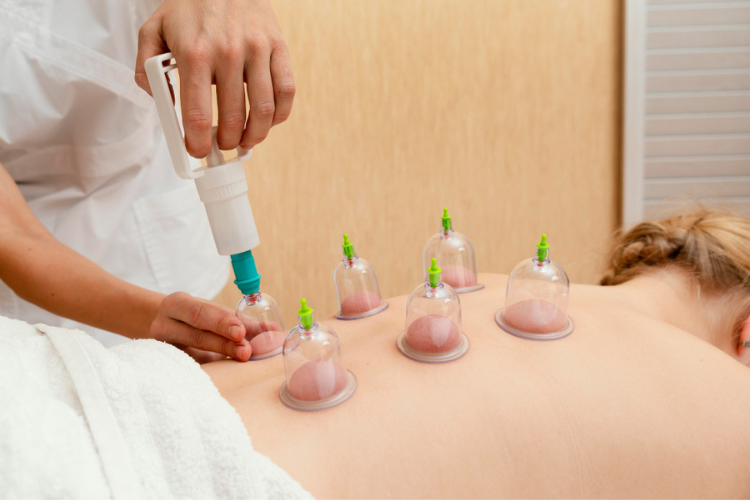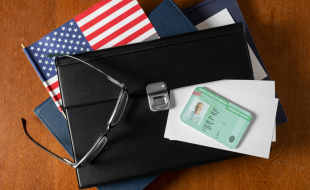Table Of Contents
Can Technology Replace an Acupuncturist for Auricular Acupuncture?
Tech’s been creeping into every corner of healthcare lately — robot surgeries, AI reading scans, even apps telling you what’s “wrong” with you before your doctor does.
But when you’re talking about something as tiny and weirdly precise as sticking needles in someone’s ear? Yeah… I’m not so sure a robot’s got that covered.
Don’t get me wrong, machines are amazing for repetitive, exact stuff. But acupuncture — especially auricular acupuncture — isn’t just “stick needle here, job done.”
It’s about noticing little reactions in the person, adjusting in the moment, and, well… using actual human judgment.
Moreover, a robot might hit the right spot according to a chart, but would it know when to go a bit deeper or when your body just tensed up? Doubt it.
Also, a real acupuncturist watches you, listens (sometimes without asking), and changes things as they go. It’s not just skill — it’s intuition.
And that, at least for now, isn’t something you can download into a machine.
So, if you are wondering — can technology replace an acupuncturist? Here’s a complete guide on that.
I have delved into how machines and technology are good with acupuncture up to a certain limit. And how human intervention is crucial in acupuncture. So, keep reading to know more!
Is Auricular Acupuncture Right for You?
So here’s the deal — auricular acupuncture is this totally natural, no-needles-all-over-your-body thing where they just work on specific points in your ear.
Sounds simple, but it’s used for way more than people think: pain, stress, sleep problems, anxiety… You name it.
If you’ve got a bad back, cranky knees, or those random aches that show up just to ruin your day, it might help.
Those ear points talk to your nervous system, boost blood flow, and kick in your body’s own painkillers (yep, endorphins).
It’s not just for pain either. Folks swear by it for calming anxiety, lifting mood, getting better sleep, and even helping with digestion. It’s like pressing the reset button on your nervous system.
And if you’re trying to cut down on meds or just want a “let’s keep it natural” option, this might be worth checking out.
At Copper Wellness, it’s not one-size-fits-all — they tweak each session to you.
What To Expect From An Auricular Acupuncture Session?
First time? Don’t overthink it. You’ll go in, chat with the practitioner about what’s bothering you (and probably your general health stuff), and they’ll figure out a plan that makes sense.
So, you’ll either be sitting or lying down. Then, they’ll gently pop these super-thin needles into certain spots on your ear.
Also, you might feel a tiny pinch or tingle — honestly, most people say it’s nothing. Moreover, once they’re in, you just… chill. Like, 20–30 minutes of quiet time. People even fall asleep.
Afterward, you might feel a weird mix of relaxed and energized. Moreover, sometimes symptoms ease up right away, sometimes it takes a couple of sessions.
So, if you want the best results, it’s usually a regular-visit kind of thing.
How Can Technology Help In Auricular Acupuncture?
Having technology in the acupuncture industry can be tricky. Can a machine ever fully step into a role that requires intuition and human connection?
Well, still, technology can help in this field remarkably. Some of the ways include:
- Diagnosis — Firstly, using the technology with AI and machine learning algorithms, you can identify the acupoints of your patients instantly.
So, there is no need for trial and error to find the acupoints.
- Laser Acupuncture — Apart from diagnosing the acupoints for the patients, technology can help with laser treatment options.
From laser acupuncture to electroacupuncture, you can use them to provide precise treatment options compared to traditional needles.
- Monitoring The Treatment — Along with that, implementing the right technology can help you to monitor the treatment results and adjust the treatment plans accordingly.
Moreover, the physiological sensors can help in adjusting the needle control in real-time based on the patient’s responses. So, it can be a great alternative to traditional treatment options.
Limitations Of Using Technology: Can Technology Replace an Acupuncturist?
Given that there is no human control over the acupuncture process conducted using technology, there are certain challenges. Some of these include:
1. Using AI technology can help in understanding patterns, but there is no guaranteed subjective diagnosis.
2. Additionally, the technology does not have the intuition of an experienced acupuncturist.
3. Unlike the other forms of acupuncture, auricular acupuncture requires something specifically created for the individual patient. But technology cannot provide individualized treatment.
How To Prepare For Your Auricular Acupuncture Session?
Honestly, you don’t need a 12-step plan, but a few things help:
- Eat a bit first: Not a feast, but don’t go in starving. Lightheaded is not the vibe.
- Dress comfy: Loose clothes = no fuss.
- Skip coffee or booze: You’ll want to relax, not buzz or zone out weirdly.
- Show up a little early: Gives you time to settle in instead of rushing.
- Tell them what’s up: Be honest about your symptoms and what you’re hoping for — the more they know, the better they can adjust things for you.
Basically, come in relaxed, and your body’s way more likely to respond well.
Replacing An Acupuncturist With Technology
Technology can indeed simplify various kinds of treatment options in the medical field. However, acupuncture is not one of them.
So, now that your idea is clear about — “Can technology replace an acupuncturist?” you can make the right decision about your treatment options.
Specifically, in auricular acupuncture, you need to have an experienced and skilled acupuncturist. And, no amount of advanced technology can give you that treatment.
Even though technology can help with diagnosing and identifying the patterns of the patients, it cannot provide individualized treatments.
In addition to this, you can keep the technology for identifying patterns and monitoring the condition of the patients after the treatment.
But, performing the acupuncture with the needles should not be blindly entrusted to it. So, it is important to incorporate technology, keeping these things in mind.
Read Also:














